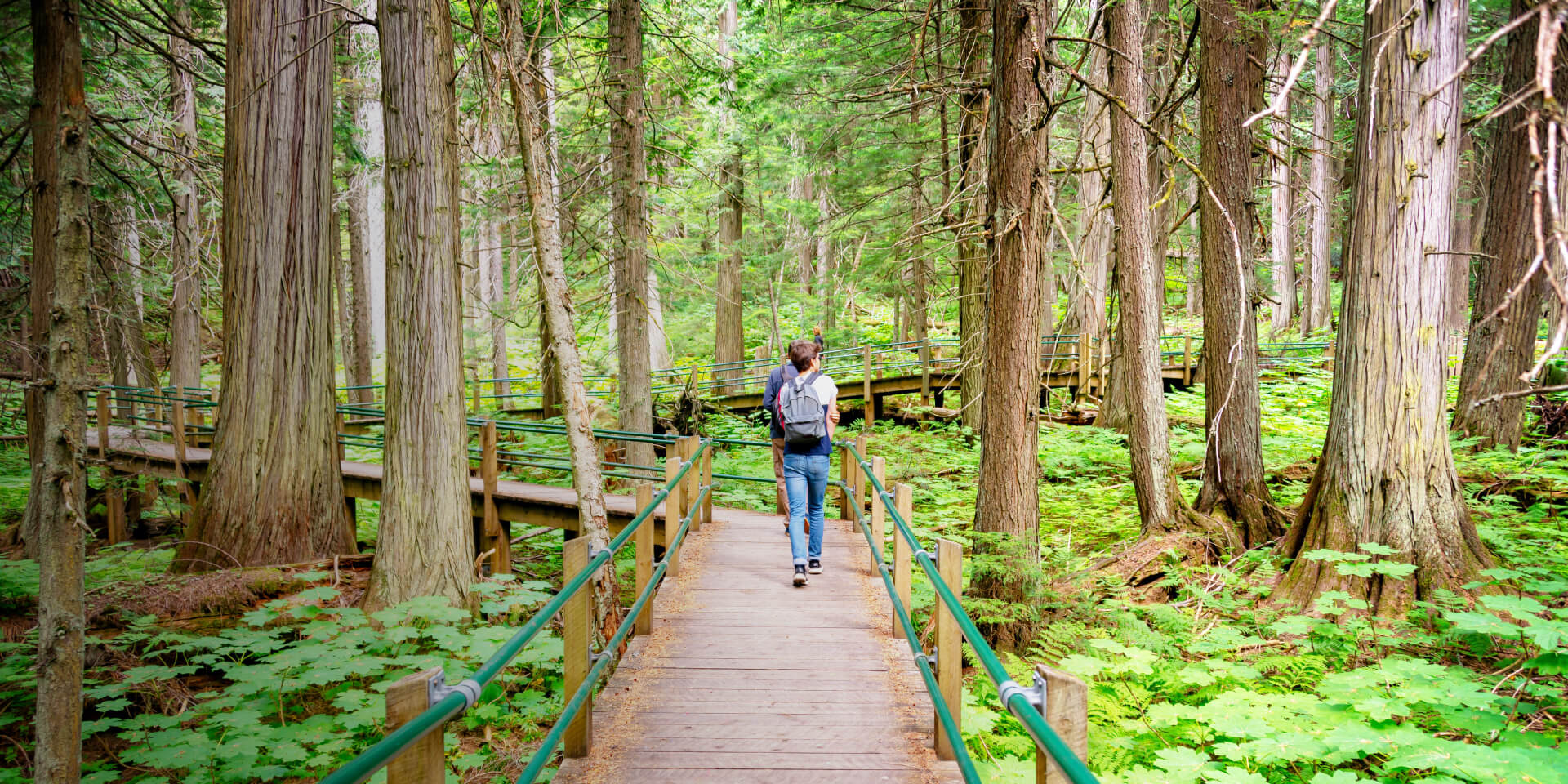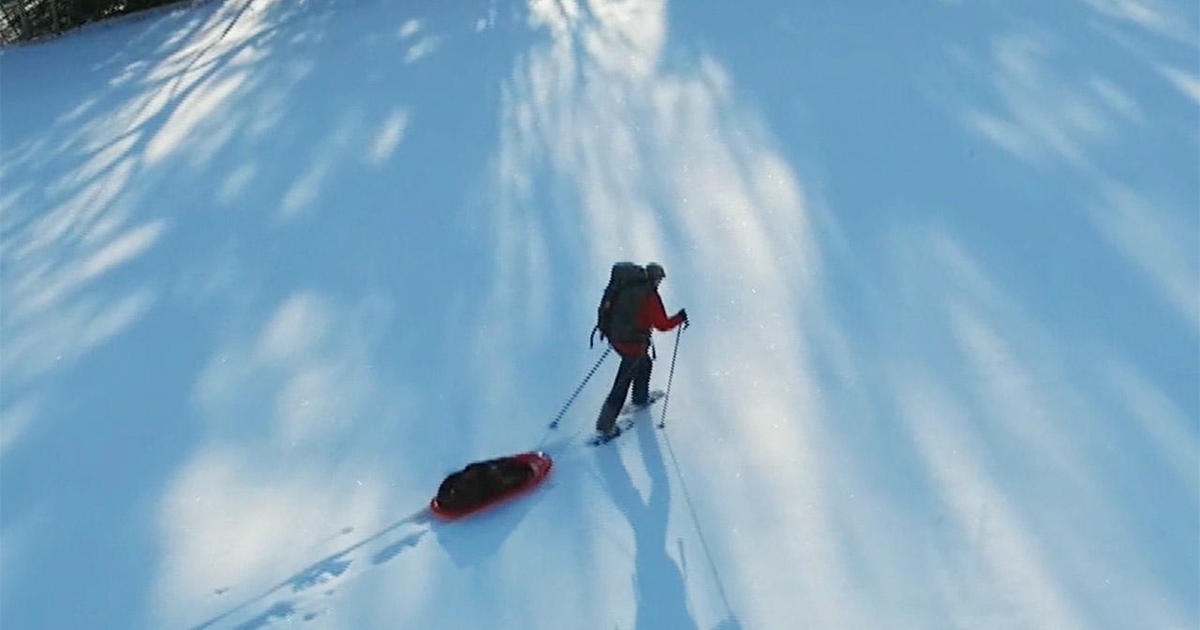JustJack
Active Member
- Time of past OR future Camino
- CF: May/June 2023
VDLP: April/May 2024
Just in case anyone is looking for a really (really) long camino, let me introduce you to the Trans Canada Trail.
28,000km coast to coast - the longest network of trails in the world - so you might need to do it in stages...

 tctrail.ca
tctrail.ca
28,000km coast to coast - the longest network of trails in the world - so you might need to do it in stages...

[:en]Trans Canada Trail | Canada's National Trail Guides, Hiking, Camping, Biking and Running explore the trails[:]
Looking for a place to hike, cycle, paddle, ride, cross-country ski or snowmobile, find an experience that resonates with you on the Trans Canada Trail. Contact us.
 tctrail.ca
tctrail.ca

















